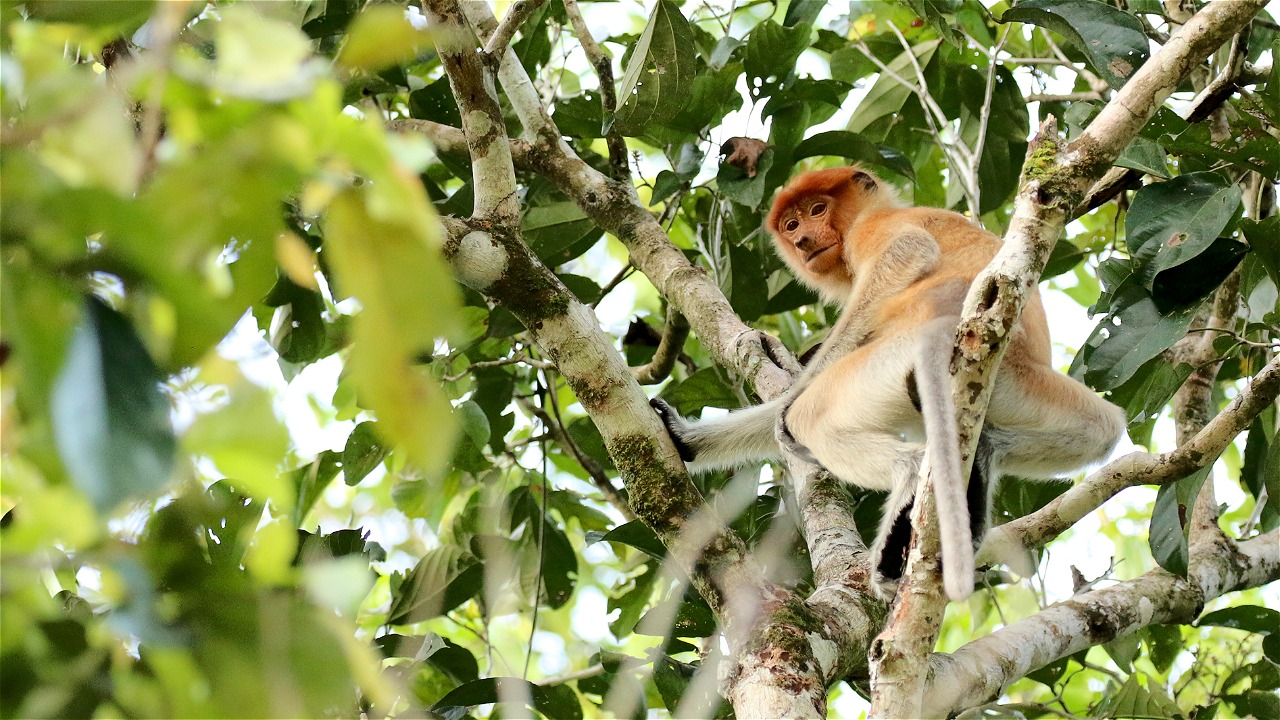WHO IS THE REAL "CONSERVATION CADRE"?
August 8-10, 2015 were three special days for me. As a WWF-Indonesia Panda Mobile volunteer, I had the opportunity to attend the National Nature Conservation Jamboree in conjunction with the National Nature Conservation Day (HKAN) which is celebrated every August 10. The event, which was held at Ujung Kulon National Park (TNUK) in Pandeglang Regency, Banten, aims to encourage wildlife conservation efforts, save conservation areas, and educate the public about the importance of nature conservation.
The event was opened by the Minister of Environment and Forestry (LHK), Siti Nurbaya accompanied by the signing of the Declaration of the National Movement of Wild Plants and Animals. This gave birth to a new hope that the event could be the beginning of a commitment to conservation efforts by the Indonesian government. The National Jamboree was attended by 300 representatives from 77 Technical Implementation Units (UPT) of the Ministry of Environment and Forestry throughout Indonesia, and was also enlivened by various National Park Centers, nature lovers, and NGOs.
However, I found irony behind the noble purpose of the event. Around the location of the event, there were scattered garbage in the form of used packaging for the participants' consumption, such as food boxes, plastic bottles, and toiletries. In my opinion, this is very concerning because the participants are supposed to be conservation cadres. The rich conservation education materials presented by the resource persons and in such a long duration did not seem to be applied.
How can Indonesians expect the Jamboree participants to save conservation areas, wildlife, or educate the public if they themselves are unable to apply conservation values from the simplest things? In fact, on the last day of the event where there was a clean beach session in the schedule, I found piles of trash around the campsite, behind the kitchen tent, in the bathroom, and on the beach. In fact, garbage scattered at the location of the event adjacent to the beach will cause marine pollution to disrupt the life of living things there.
I even saw local residents who came to scavenge garbage on the beach around the event location. Children from neighboring villages also came to do the same. This raised the question in my mind, who exactly are the conservation cadres that the event was aimed at? Would the participants of the Conservation Jamboree be able to realize conservation efforts to save conservation areas without the role of the surrounding community?
The involvement of the community around the TNUK area was also lacking in the event. For example, during the coloring competition and fun edu kids session, only students from invited schools were included, even though children from surrounding villages also wanted to participate.
In my opinion, no matter how good the conservation policy pursued by the government, the supervision carried out by the National Park Office, or the campaign spread by NGOs, it must be accompanied by public awareness and concern for the preservation of the National Park area. They are the ones who have an interest as seekers of life and livelihoods from natural resources in the National Park. Therefore, communities around the National Park area need to be included in conservation education and regeneration in order to make them the front guard of the protection of the area, including educating local village children so that their awareness and concern for the importance of conservation can be embedded as early as possible.
Author: Andre Prasetyo (WWF-Indonesia Panda Mobile Volunteer, 5th Semester Student of International Relations Department at Jakarta State Islamic University)





